该项目已获得2013年ASLA Student Awards Hornor Awards (Analysis and Planning Category)
详见:http://www.asla.org/2013studentawards/494.html
PREFACE | 前言
In today’s world, a lot of rivers are seriously polluted and channelized. This leads to a series of issues, such as ecological degradation of urban rivers, lack of accessibility, lack of open space around urban riverfront, disordered development of urban riverfront area, and the crisis of historical continuity and heritage protection. In fact, the city and riverfront have a close relationship. Great riverfronts are places where people, plants and animals coexist.
当今世界,有很多河流都被严重污染以及渠道硬质化,从而导致了一系列的问题,例如城市河流生态系统退化、通往滨水空间的可达性缺失、城市滨水公共空间缺失、城市滨水土地无序的开发,以及历史延续和遗产保护的危机。实际上,城市与滨水空间有着密切的联系。优美的滨水空间就应该是人、植物和动物相互共存的环境。
1. PROJECT BACKGROUND | 项目背景
The confluence of Arroyo Seco and the Los Angeles River, located in northeast Chinatown, is a complicated site in which freeways, rail infrastructure and the rivers are tightly intertwined. What is more, the Los Angeles River and the Arroyo Seco have been channelized by concrete, freeways and rail infrastructure predominate much of the area. The Metro Gold Line provides frequent access to downtown Los Angeles, the many communities located in the northeastern sections of Los Angeles, and the cities of South Pasadena and Pasadena. The railroads, freeways and electrical transmission lines are visual and physical obstacles to the future revitalization of the Arroyo Seco Confluence. Furthermore, freeways, railways and industrial physical structures create obstacles to pedestrian and bicycle modes of travel.
Arroyo Seco和洛杉矶河的交汇处位于洛杉矶中国城的东北边,它是一个环境非常复杂的场地。场地内的高速公路、铁路设施和两条河流纵横交错。而且,洛杉矶河和Arroyo Seco都被钢筋混凝土渠道化,高速公路和铁路设施占据了河流周边的大部分地块,轻轨金线提供了去往洛杉矶市中心便捷的交通轨道。许多的居住社区位于洛杉矶市区的东北边以及南帕萨迪纳市和帕萨迪纳市。在未来的Arroyo Seco交汇处的再改造过程中,铁路、高速公路和电力输电线路成为视觉和物体障碍,而且它们和周边的工业厂房都为人行和自行车行造成了障碍。
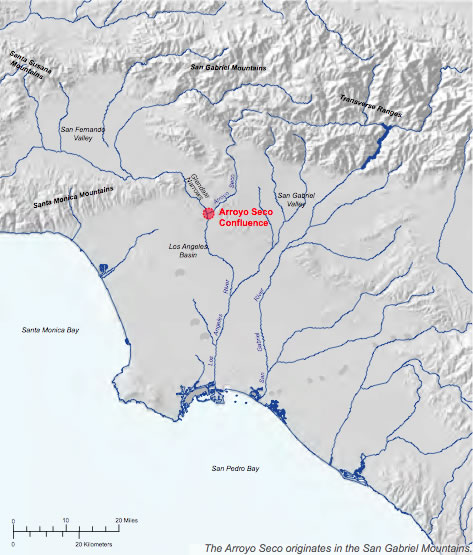
Figure 1-1 Los Angeles River Watershed | 洛杉矶河流域
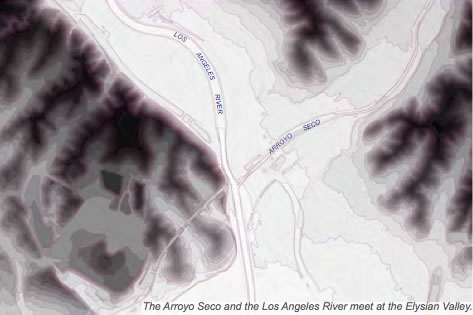
Figure 1-2 Site Topography | 场地地形

Figure 1-3 Infrastructure | 基础设施
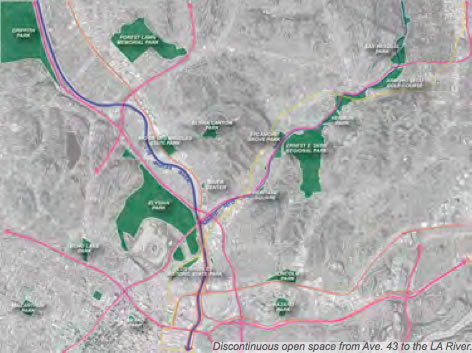
Figure 1-4 Open Space | 公共开放空间
However, the Arroyo Seco Confluence is a very important site with immense potential: unparalleled opportunity for habitat and stream restoration; key spot for flood management and water quality improvements; easy access to touch the river; gateway to the river through Downtown; historical, cultural, environmental and hydrologic importance.
然而,Arroyo Seco交汇处是一个非常重要且有巨大发展潜力的场地:为栖息地和河流恢复提供了一个十分重要的契机,雨洪管理和水质改善的关键地点,近距离接触河流的可达性,通往洛杉矶市中心的门户,历史、文化、环境和水文的重要性。

Figure 1-5 Present view of the Arroyo Seco Confluence | Arroyo Seco 河流交汇处现状照片
Basing on the above, the most important objective of this study is to transform the Arroyo Seco from a channelized and single-functional channel to a multi-functional corridor of significant natural and cultural value. Secondly, it is to provide safe access and create activities for recreation within the maze of pre-existing infrastructure. Thirdly, it is to create a synergy that elevates an urban riverfront landscape to a thriving and harmonious balance of complex systems where modern infrastructure meets natural ecology. Finally, the confluence will be regenerated for developing to bring new life and investment to nearby urban settlements.
基于上述要点,此项目研究的最重要的目的是:将Arroyo Seco从一个渠道化和单一功能的河渠转变为具有重要文化和自然价值的多功能河流走廊。其次,在极其复杂的现状基础条件下,改造后的河流走廊将为人们提供安全的通道和休闲活动场地。再次,在现代基础设施与自然生态系统相交错的情况下,改造后的河流走廊将城市滨水景观引入繁荣发展与和谐共存相平衡的复杂系统之中,从而创造一种协同效应。最后,Arroyo Seco交汇处将被复兴成为一个为周边城市住区带来新的活力和投资的场所。

Figure 1-6 Existing Conditions | 现状条件

Figure 1-7 Existing Analysis | 现状分析
2. CONCEPT FRAMEWORK | 概念框架
Urban rivers and riverfront areas are commitments to multi-purpose, multi-use space, in which residents and visitors can interact with and experience their new surroundings in a multitude of ways. Such a dynamic environment will be a better place to live, work and play.
城市河流和滨水区域本就应该是一个具有多功能和多用途的空间环境,在此环境中居民和游客可以各种方式进行互动和体验生活。如此一个充满活力的环境,将会成为人们生活、工作和娱乐的美好场所。
Concept framework includes:
- Recovering the river corridor for providing an outline and structure for the infrastructure of green space.
- Integrating natural system and building green streets for linking with the mountain and the river, and reconnecting the city and people to the river. Give the people access to a new green natural water’s edge.
- Regenerating for developing to bring new life and investment to nearby urban settlements.
概念框架包括:
- 恢复自然河流廊道,为绿色基础设施提供一个轮廓和架构。
- 整合自然系统,构建绿色街道,将山体与河流连接以及将城市和居民重新引入到河流中,并为人们提供一个全新的绿色自然水体边界。
- 场地复兴,为周边城市住区带来新的活力和投资。
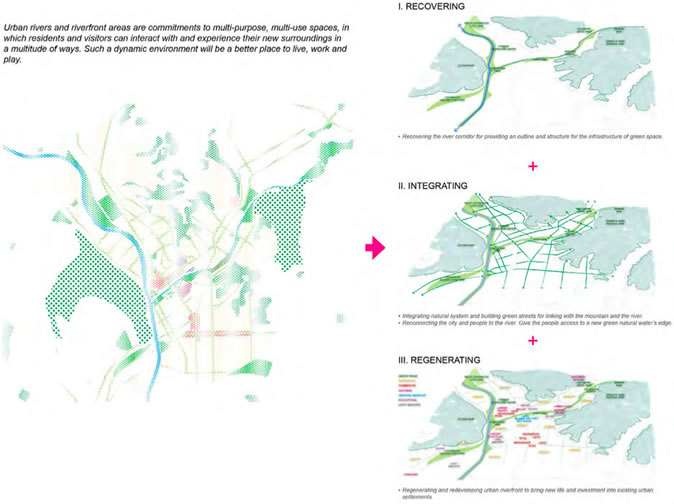
Figure 2-1 Concept Framework | 概念框架
3. DETAIL DESIGN | 详细设计
3.1 Recovering | 恢复
3.1.1 Recovering Strategy | 恢复策略
At present, the Arroyo Seco is a linear channel by channelized with concrete, just as a single-functional river for urban runoff drainage.
当前,Arroyo Seco是一条线型式的、被混凝土渠道化的河渠,而且只是一条具有排水这单一功能的城市排水渠。
Recovering strategies include:
- Remove most of concrete, widen and deepen the channel for expanding floodplain and increasing flood capacity.
- Introduce new landscape elements for water quality, such as terraced remediation wetland and wetland treatment system.
- Plant native vegetation communities for habitat and biodiversity.
- Create pedestrian and bikeway system for providing access for people, and provide different open spaces along the river.
恢复策略包括:
- 去除河道内大部分混凝土,扩宽且加深河道,以扩大泛滥区、增加行洪能力。
- 为改善水质引入新的景观元素,如梯田式的过滤湿地和湿地处理系统。
- 种植本地乡土植物群落,以构建栖息地和生物多样性。
- 创建人行步道和自行车道系统,为人们提供便捷通道,并沿河道设置多种活动开放空间。

Figure 3-1-1 Exising River Analysis | 现状河流分析
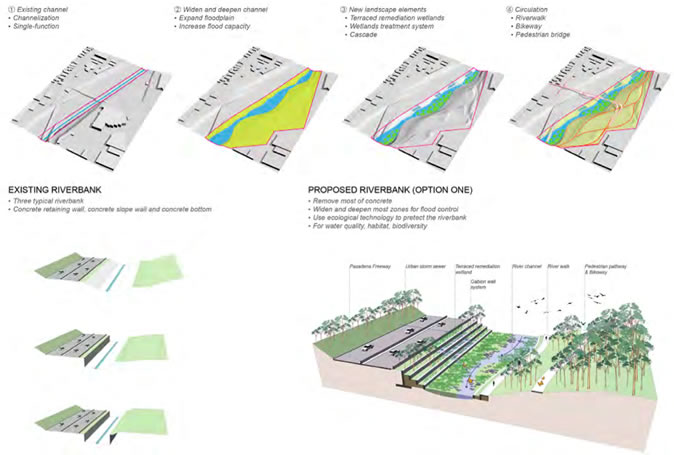
Figure 3-1-2 Recovering Strategies | 恢复策略
3.1.2 Water Management | 水管理
- Create water treatment system for improving water quality.
- Use wetlands to slow the water down and allow sediments and associated pollutants to settle out.
- Create dynamic and interesting water flow for water quality and habitat.
- Use gabion wall system, terraces, riprap, and less concrete to protect the riverbank.
- Widen and deepen the channel for expanding floodplain and increasing flood capacity for flood control.
- 构建水处理系统以改善水质。
- 利用湿地减缓水体流速,并使化学沉淀物和相关污染物沉淀下来。
- 为水质和栖息地创建动态、有趣的多种形式的水流。
- 利用石笼墙系统、阶梯、抛石和少量的混凝土保护河岸。
- 为雨洪控制扩宽加深河道,以扩大泛滥区和增加行洪能力。
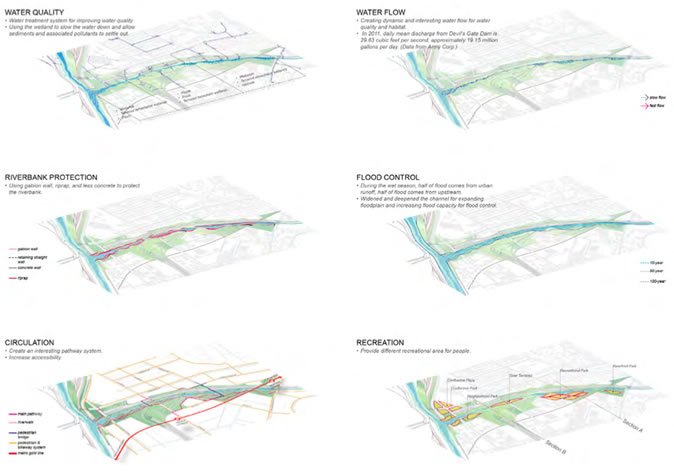
Figure 3-1-3 Water Management & Programs | 水管理和活动空间划分
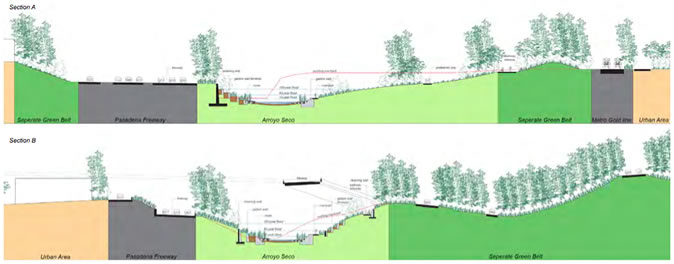
Figure 3-1-4 Sections | 剖面图
3.1.3 Biodiversity | 生物多样性
- Plant native vegetation patterns which are found in the Arroyo Seco watershed for improving habitat quality and biodiversity.
- Plant local vegetation communities for attracting native wildlife, birds, butterflies and fishes.
- Provide different habitats for birds, animals and fishes.
- 种植Arroyo Seco流域内的原生植物群落,以改善栖息地质量和生物多样性。
- 种植本地乡土植物群落,以吸引本地野生动植物、鸟类、蝴蝶和鱼类。
- 为鸟类、动物和鱼类提供不同的栖息地。
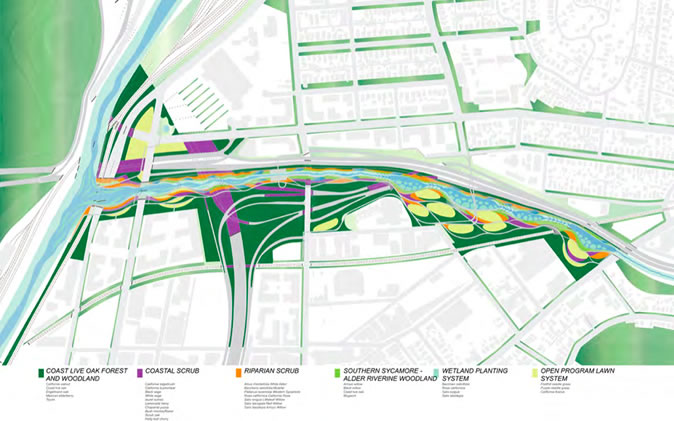
Figure 3-1-5 Vegetation Communities | 植物群落

Figure 3-1-6 Habitats | 栖息地

Figure 3-1-7 Before & After | 改造前与改造后
3.2 Integrating | 整合
3.2.1 Green Street | 绿色街道
- Redesign sidewalks along streets.
- Use vegetated bioswale for capturing, storing and cleaning stormwater before it flows into urban sewer pipes and rivers.
- 重新设计沿街的人行道。
- 在雨水流入城市下水道和河流之前,利用沿街设置的植物生态过滤池收集、储存以及过滤雨水。

Figure 3-2-1 Vegetated Bioswale Along Streets | 沿街设置植物生态过滤池
3.2.2 Neighborhood Habitat | 城市街区栖息地
- Create neighborhood habitat for improving urban environment.
- Plant native species for attracting animals, birds and butterflies.
- 为改善城市环境构建城市街区栖息地。
- 为吸引动物、鸟类和蝴蝶,种植本地乡土植物。

Figure 3-2-2 Bird’s eye view of Figueroa Commercial Street and Arroyo Seco | Figueroa商业街和Arroyo Seco的鸟瞰图
3.3 Regenerating | 再生
- Regenerate for developing to bring new life and investment to nearby urban settlements.
- Create a dynamic environment for people to live, work and play in this better place.
- 为周边城市住区带来新的活力和投资再发展。
- 构建一个丰富多样的生活环境,为人们提供一个生活、工作和娱乐的美好场所。
3.3.1 Redevelopment | 再发展
- Figueroa commercial street
- Rebuild buildings (2-3 floors)
- 1st floor: restaurant, coffee, retail
- 2nd-3rd floor: commerical office
- Residential area
- Change light industrial area at the southeast of the Confluence to residential housing
- Creative cultural industry (Lacy Street Lofts & Studios)
- Retain studios and lofts
- Change parking space to open space and outdoor exhibition
- Reuse existing buildings for office and mixed use
- Build green isolation belt along Metro Gold Line
- Figueroa商业街
- 重新建造沿街建筑(2-3层)
- 一层为餐厅、咖啡厅和零售
- 二至三层为商业办公区
- 居住区
- 将位于河流汇合处东南角的轻工业用地改为居住用地
- 创意文化产业(Lacy街的旧建筑和工作室)
- 保留旧建筑和工作室
- 将停车区域改为开放空间和室外展示空间
- 再利用改造现状建筑作为办公和混合用途
- 沿轻轨建立绿色隔离带

Figure 3-3-1 Existing Buildings & Development Areas | 现状建筑与发展地块
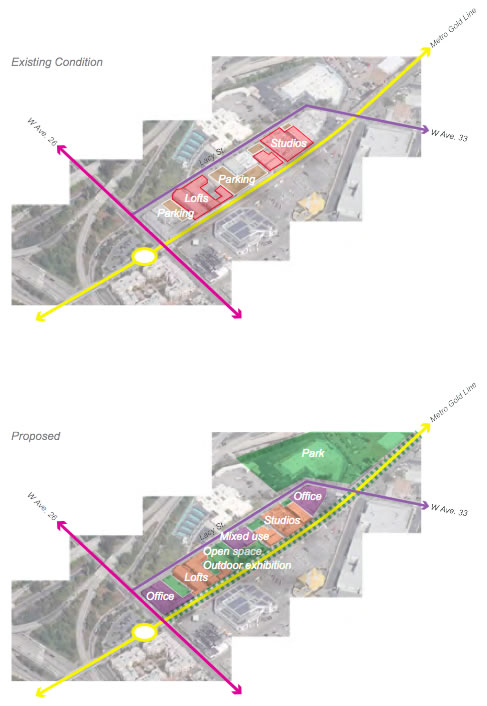
Figure 3-3-2 Lacy Street Reuse and Development | Lacy街的再利用与发展
3.3.2 Metro Gold Line & Bikeway System & Historic Sites | 轻轨金线、自行车道路系统和历史遗址
- Improve public transit and bikeway system for connecting the historic site from Downtown Los Angeles to Pasadena.
- Provide interesting and continuous tour route for residents and visitors.
- 完善公共交通和自行车道路系统,以连接从洛杉矶市中心至Pasadena的历史遗址。
- 为居民和游客提供趣味性和连续性的旅游线路。

Figure 3-3-3 Metro Gold Line & Bikeway System & Historic Sites | 轻轨线路、自行车道路系统与历史遗址
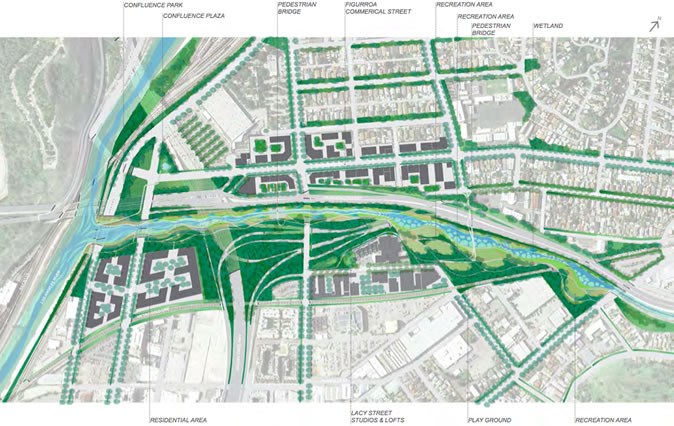
Figure 4-1 vision Plan | 愿景平面图
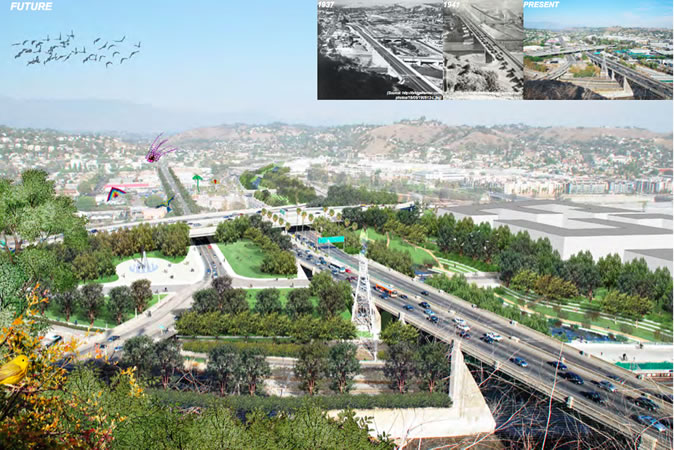
Figure 4-2 vision view of the Arroyo Seco Confluence | Arroyo Seco 河流交汇处愿景效果图

英俊!!我先收藏了回头慢慢看
非常好的城市硬质渠道改造成软质河道的项目
堪称这种项目的经典
新加坡政府目前也在进行大量canal 改造项目
但是还是没有把渠道底部硬质铺装改为真正的自然泥土层
所以想知道现在实施了吗
国外很多有关场地生态回复的项目都会综合考虑各种生物,种植植物的时候也会考虑为了吸引蜜蜂和蝴蝶种植当地的蜜源植物,国内这种成功的案例多吗?都有哪些?